Maria Bueno's Grave
A shrine to a 19th-century femicide victim turned miracle worker.
On the night of January 29, 1893, in what is now downtown Curitiba, a young woman named Maria da Conceição Bueno was brutally murdered by her possessive lover, Ignácio José Diniz, a low-ranking soldier. Diniz slashed Bueno’s throat and stabbed her several times. News of the shocking crime spread throughout the city.
A cross was allegedly placed at the murder site. Soon after, legend has it that red roses sprung from the cross, nurtured by the blood of the murder’s victim. With this Maria Bueno’s reputation as a miracle worker was born.
Maria Bueno didn’t become notorious until after her death. Little is known about her for a fact, but there is no shortage of narratives on who she was and how she lived. Most versions state that she worked as a laundress. By some accounts, she was a sex worker. By others, she was a formerly enslaved Black woman whose image has been whitened along the decades—depictions of her, including the life-size statue at her grave, usually show her as a white woman.
To her devotees, Bueno’s life story is not as important as the miracles she reputedly performs. Her grave is surrounded by a myriad of stone signs and metal plates brought by believers to thank the local martyr for her help in matters like getting a job or beating an illness. Flowers, ribbons, and figurines are among other tokens of devotion that can be found in the little chapel by the grave.
For many locals, Maria Bueno holds the status of a saint. She is often referred to as Santinha de Curitiba (Curitiba’s Little Saint, or Dear Saint). So far, the Catholic Church hasn’t acknowledged her as such. In any case, the cult of Bueno is not exclusive to Catholics. She is also popular with followers of other faiths, especially Spiritualism and Umbanda, an Afro-Brazilian religion. Regardless of religious affiliations, though, Maria Bueno lives on in the collective imagination of the city as one of its most intriguing figures.
Know Before You Go
The grave is located in the São Francisco de Paula Municipal Cemetery. An easy way to find it from the main entrance is to take the first lane on the right and walk all the way to the sidewall. The exact location is Street 1, Block 2, Lots 14, 15 and 16.
Dia de Finados (Day of the Dead), on November 2, is the busiest day to visit the grave, with the largest number of devotees paying their respects.
The chapel is usually open on Sunday mornings. Lighting candles next to or in the chapel is not allowed.

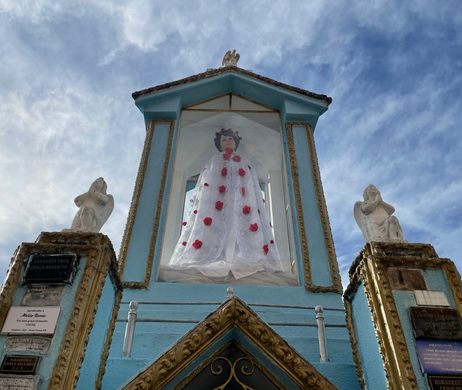
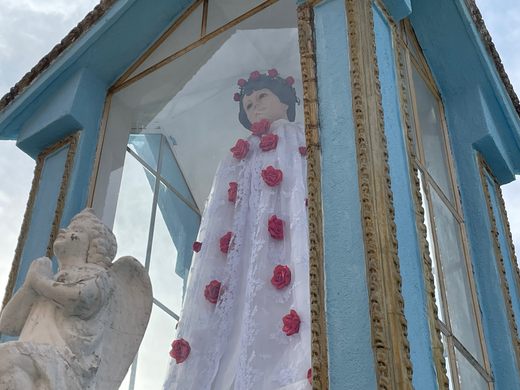
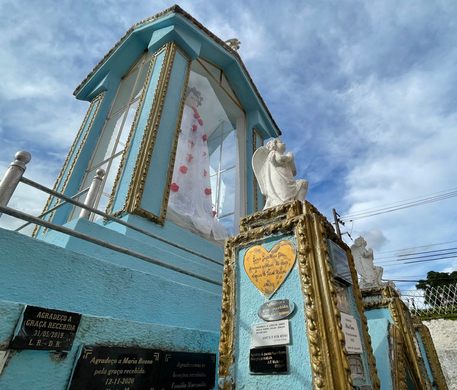
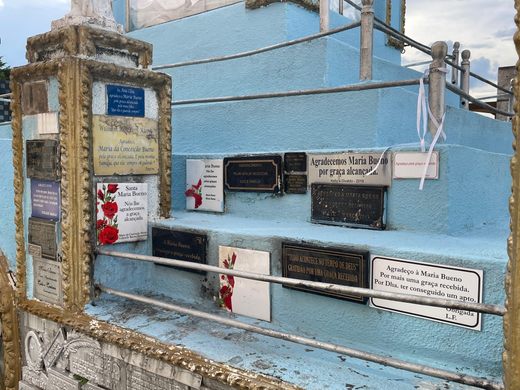
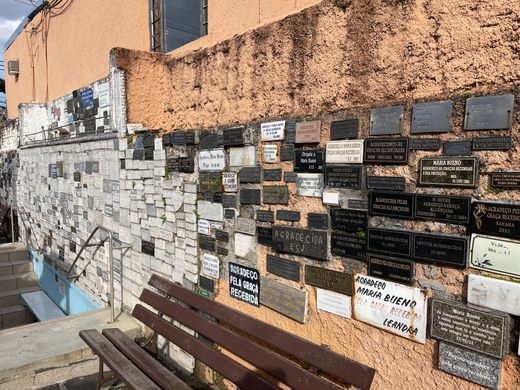
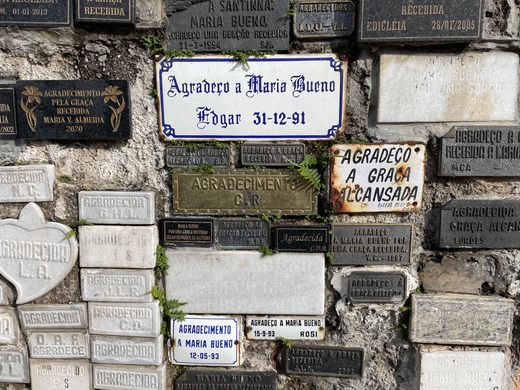
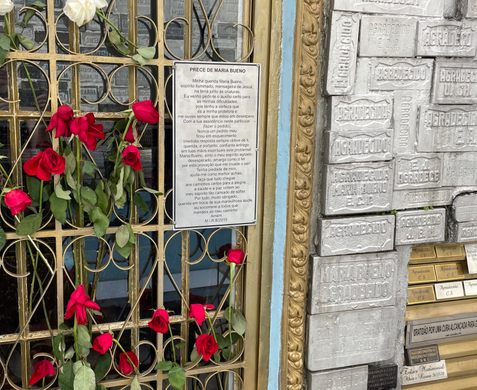
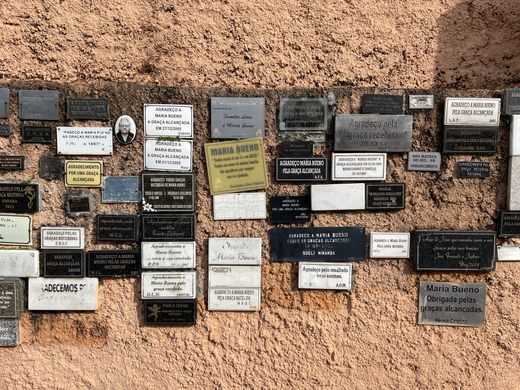






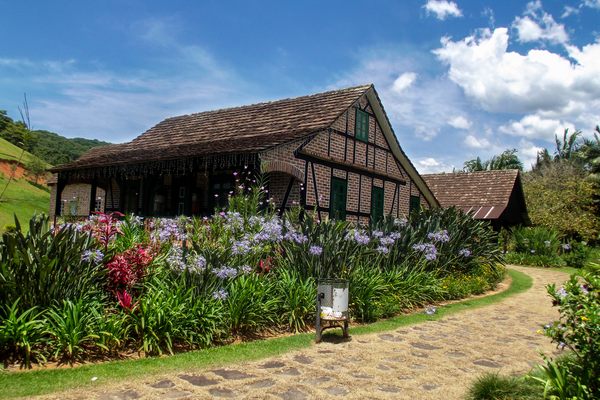

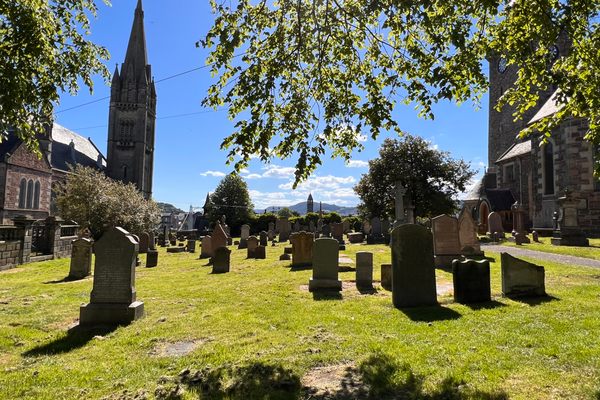
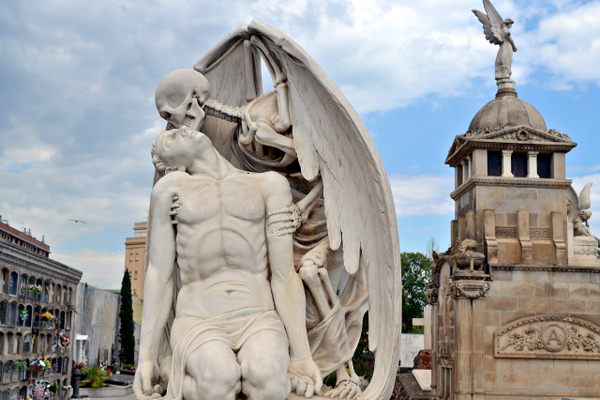
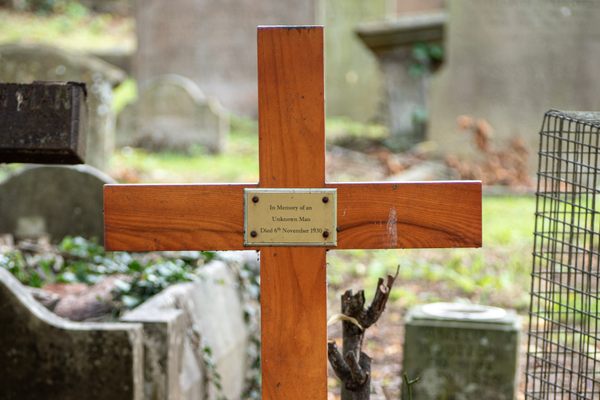

Follow us on Twitter to get the latest on the world's hidden wonders.
Like us on Facebook to get the latest on the world's hidden wonders.
Follow us on Twitter Like us on Facebook